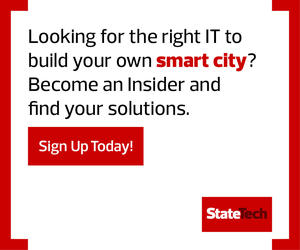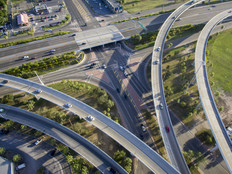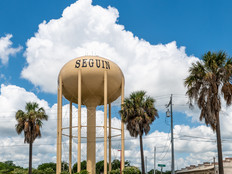The initiative will collect data from independent systems, all of which have management interfaces that use standard web technologies and will publish to a publish-subscribe bus that’s streamed into a data lake.
“That architecture allows you to do things like put rules engines or artificial intelligence at the bus level without having to worry about integration with hundreds of pieces that make up a smart city,” Santos says.
RELATED: How will 5G networks enhance smart city solutions?
Portland Breaks Down Barriers to Traffic Sensor Data
Across the country, in Oregon, the city of Portland is also embarking on a data lake initiative aimed at integrating and presenting data in a way that city analysts can use to better understand the problems they’re trying to solve and evaluate their solutions.
The initiative has its roots in a 2018 pilot project in which Portland partnered with AT&T to install Intel-powered General Electric sensors on streetlights along three city corridors. The goal was to advance the city’s Vision Zero program to eliminate traffic deaths and serious injuries on its streets.
City officials decided not to continue with the pilot, but they did want to make use of the 18 months’ worth of data collected. “We had 200 sensors generating data every 15 seconds,” says Portland Smart City PDX Manager Kevin Martin. “It’s got to go someplace.”
The city’s existing data systems can’t manage that volume or structure of data, so it recently launched a three-year cloud-based data lake initiative, with plans to expand it to meet ongoing, real-time mobility data needs.
The data streams from the city’s traffic signals are being upgraded to generate additional data. In the past, they were utilized solely by traffic engineers in the operational context of the signals. “They’ve been walled off,” Martin says, but they could inform conversations among planners about the safety of pedestrians.
“That’s the kind of integration and breaking down of data silos that is going to allow folks to have more information at their fingertips about what’s actually happening at these places where we’re experiencing safety issues,” Martin says.
DIVE DEEPER: How can smart mobility tech meet citizens’ needs?
Transit Agencies Use the Cloud to Boost Efficiency
The RTA Metrics and Statistics platform, which runs on Amazon Web Services, measures everything from ridership and citizens’ comfort returning to public transportation to statistical data about engines, cars and other assets to inform purchasing decisions.
“We can use those metrics to help improve ridership among our service boards,” says George W. Coleman Jr., the RTA’s IT director.
The modernization project got its start in 2019, when the agency launched a down-to-the-studs remodel of the 15th floor of its Chicago headquarters. In addition to accommodating remote workers during construction — and giving all employees a work-from-home option in the future — the infrastructure upgrade provided an opportunity to move many systems to the cloud and offload the responsibility of hosting, managing and administering the RTA’s legacy system.
“Moving to the cloud offers government agencies the resiliency and the capabilities that they’re looking for without the headaches,” Tumbali says.
The RTA upgraded its network with Cisco Firepower 2130 firewalls, Meraki switches, Windows 2019 virtual domain controllers and NetApp network storage prior to adopting Webex.
“Now that we’ve got many of our systems moved to the cloud, we’ve seen much higher levels of reliability and functionality,” Coleman says.










